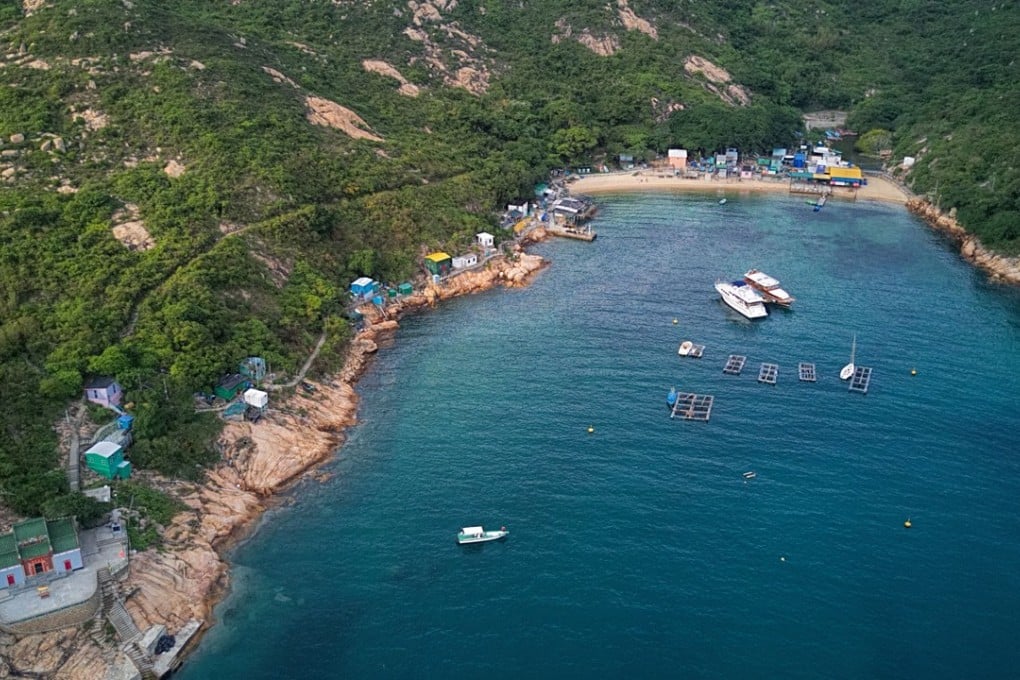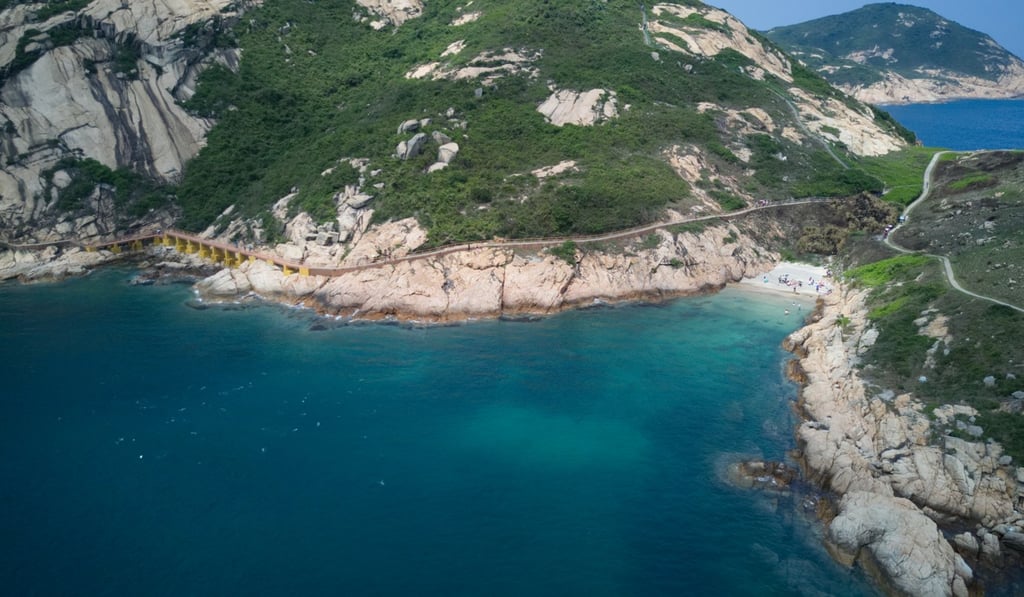The joys of Po Toi, island off Hong Kong that’s a self-contained world of hikes, hills, rocky headlands and ruined houses
The island, once home to 1,000 fisherfolk, has trails for hikers, some distinctive rock formations, and a restaurant on the beach that serves seafood banquets

On a map, the island of Po Toi looks barely a stone’s throw from the southeastern tip of Hong Kong Island. It’s small, too, seeming as if it would fit comfortably on the Kowloon peninsula.
It might not look like much, but to visit Po Toi is to leave the city and arrive in a small world with villages, hills, coastal inlets and rocky headlands, trails to hike, places to explore, and some of Hong Kong’s best coastal scenery. Plus there are simple cafes and a restaurant, with fare ranging from noodle soup to seafood banquets favoured by junk party-goers.
Hong Kong’s best hikes: climbing Ma On Shan peak – all you need to know
Junk and ferry passengers arrive via a pier in Tai Wan – Large Bay, a cove in southwest Po Toi. With its shelter against typhoons and a stream flowing to a tidal pool behind a beach, this became home to most of the island’s residents. Around a thousand fishermen and farmers lived here in the middle of the 20th century, though numbers have since dwindled to a couple of hundred as younger generations moved to the city.
There are ruined houses beneath grand old trees at the end of the pier. A footpath heads left, towards the tiny beach and main village area. There’s also a junction at an old shanty store; turn right here if you’d like to roam the wilder parts of the island. Soon, steps lead uphill, and you can pass a long disused school building.

A path climbs the hillside, with shrubs and trees affording welcome shade against hot sun. The trail eases, and there’s one of the sturdy signposts that point the way along walking routes. Partly blackened with time, these signposts now seem like relics from an earlier era, and this one still indicates the way to “Mo’s Old House”, even though a newer sign warns the area is private.
It was once a grand old house, built by a pirate called Mo Shui-tong, and served as a base for the Japanese army during the second world war. Now it’s a ruin hidden among dense young woodland, abandoned due to its reputed bad feng shui and rumoured to be haunted.
